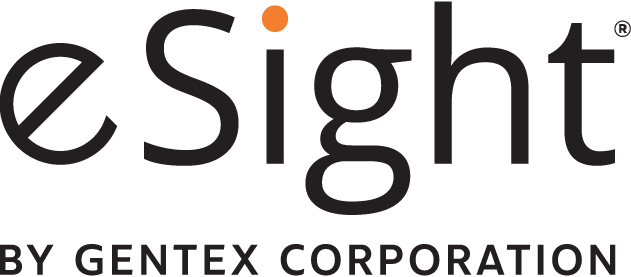There are more than 200 million people worldwide with low vision who do not have access to assistive technology
There’s an assistive technology that has already helped thousands of people worldwide living with visual impairments return and/or excel in the workplace, like Rahma Ali. Rahma was born with cataracts, an eye condition that clouds the back of the lens. Rahma shares that she was able to join Harvard University’s famous Hack Harvard 2018 where she spent three days and three nights coding with a team of programmers. eSight enabled Rahma to actually see and for long periods of time without eye strain or nausea that she would normally experience with magnifiers.
Similar to Rahma, there are approximately 3.5 million Americans (2.2 billion worldwide) living with severe vision loss while an estimated 70% of those individuals are unemployed, according to statistics from the National Federation of the Blind and the World Health Organization. We as a community need to step up and make finding solutions to creating more inclusive communities a key priority.
“there are approximately 3.5 million Americans (2.2 billion worldwide) living with severe vision loss while an estimated 70% of those individuals are unemployed”
With today being International Day of Disabled Persons, this growing epidemic needs to be at the forefront as those staggering numbers will only continue to raise with our aging population.

With assistive technology like eSight, helping people like Rahma climb the corporate ladder and contribute to their communities, businesses, governments and communities have solutions to create more inclusive workplaces. Organizations like CIBC have purchase assistive technologies for their employees; Dell Technologies has a dedicated accessibility workforce team; and Microsoft has invested in creating accessible digital platforms. If we can turn these best practises into the norm, then together we can make workplace inclusion our priority.
We owe it to the 3.5 million Americans to find real solutions that make a real impact.
